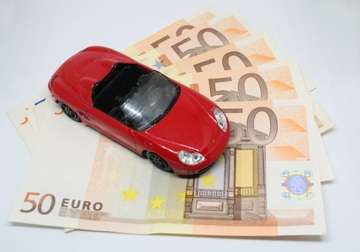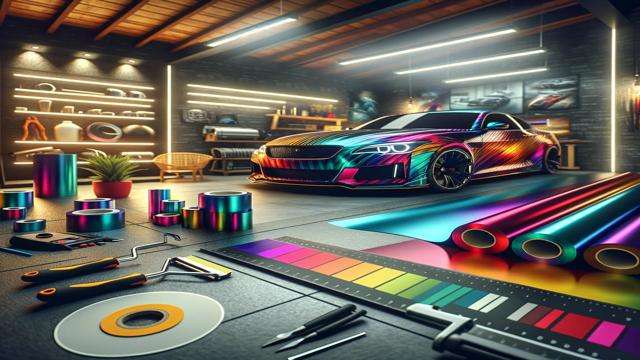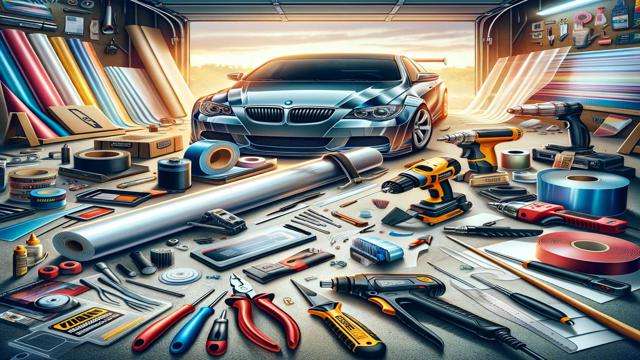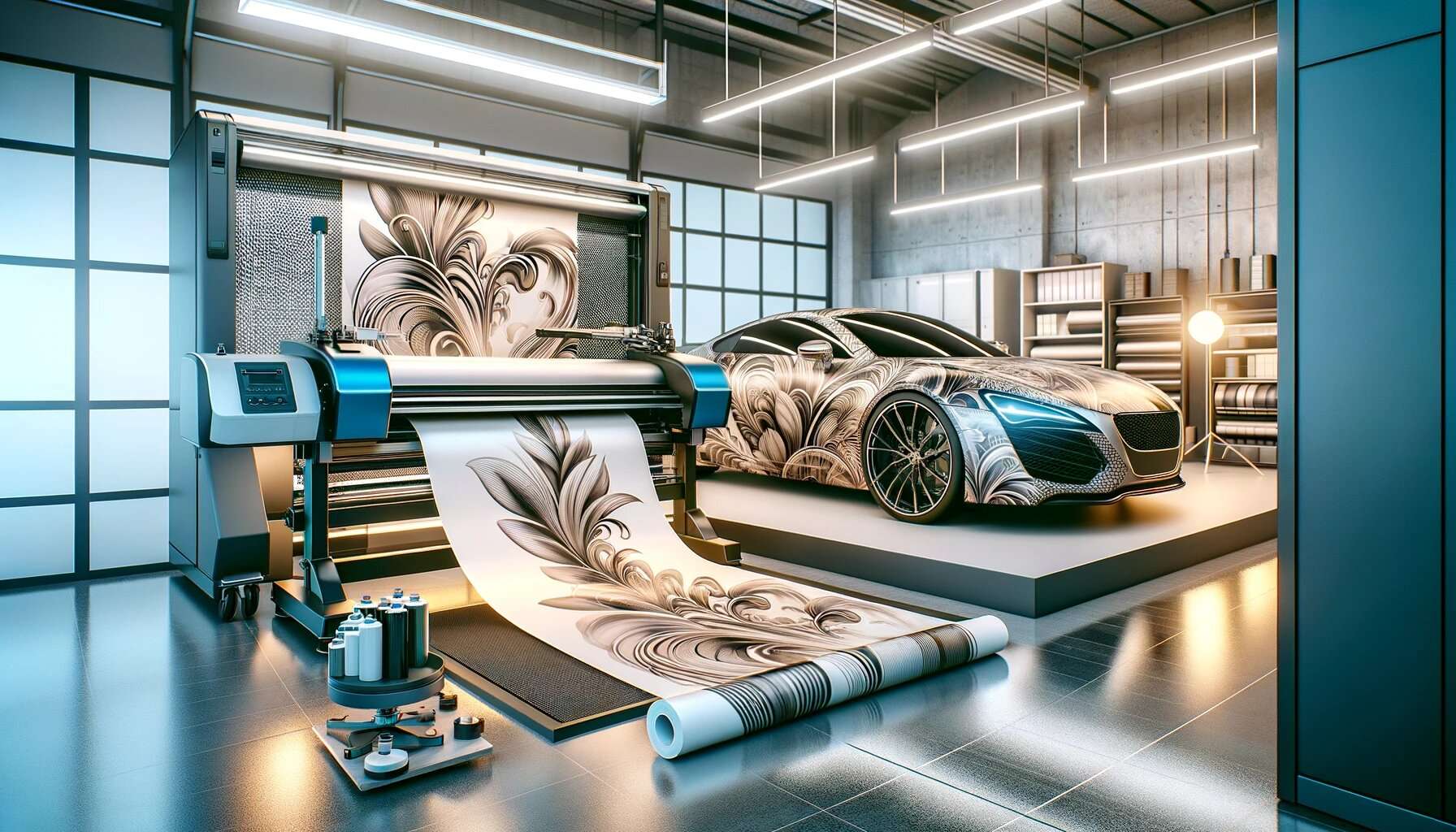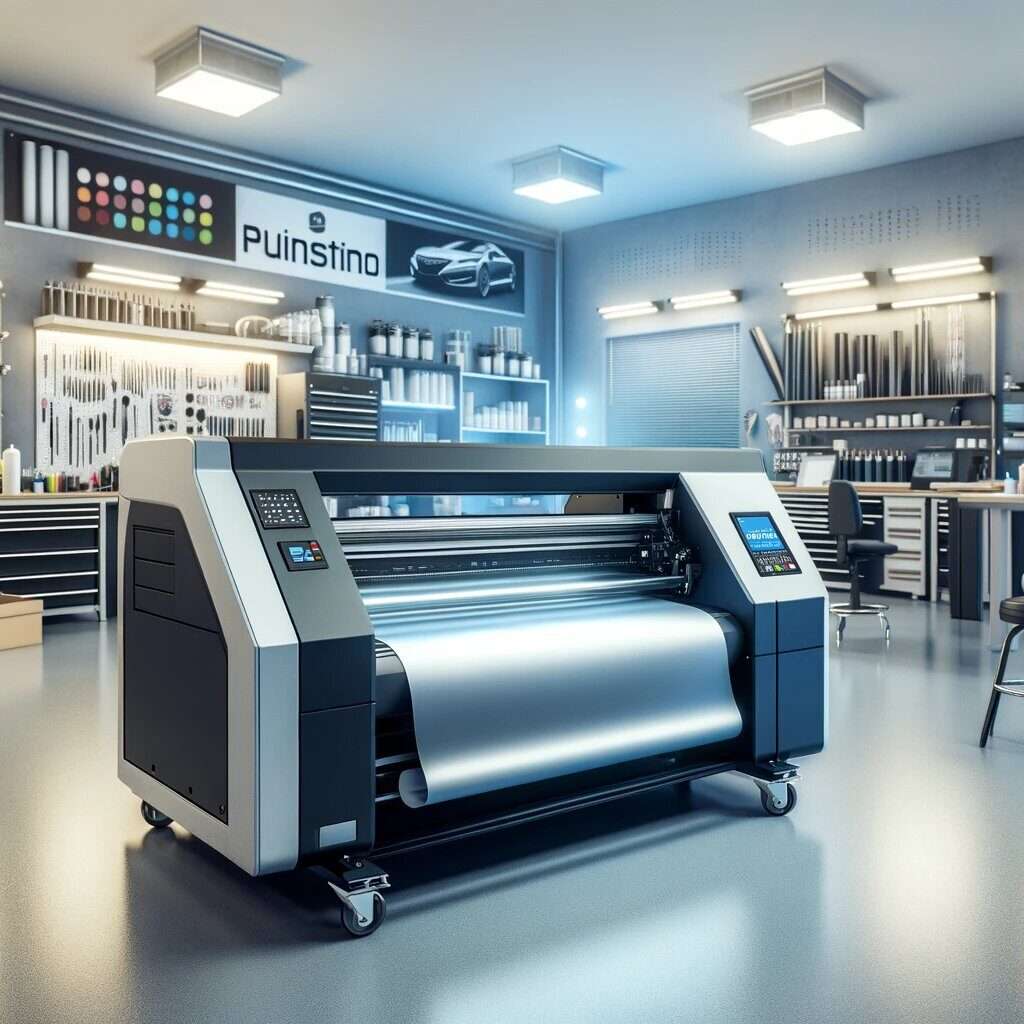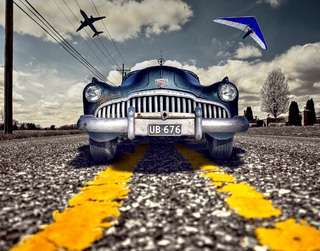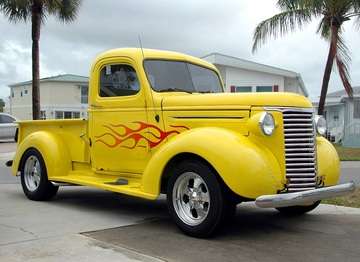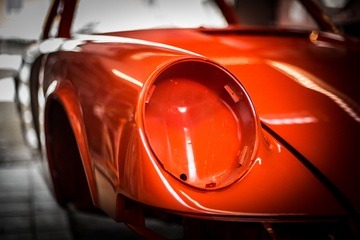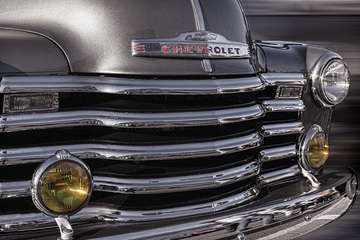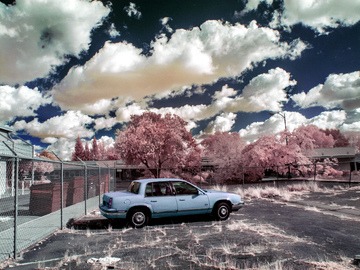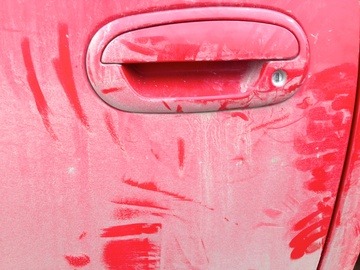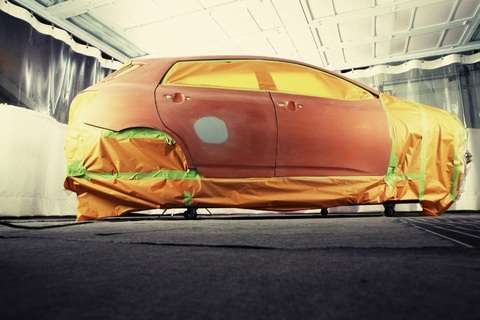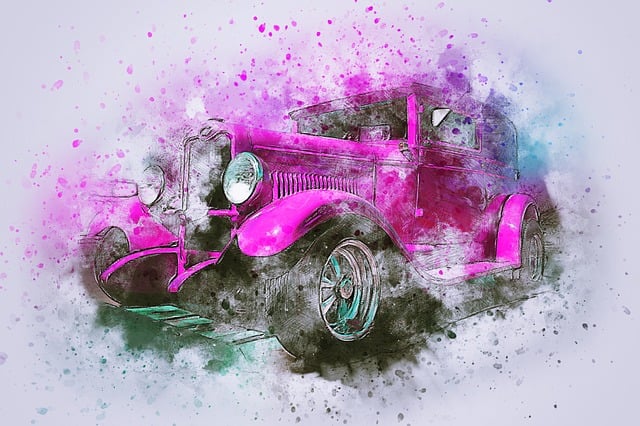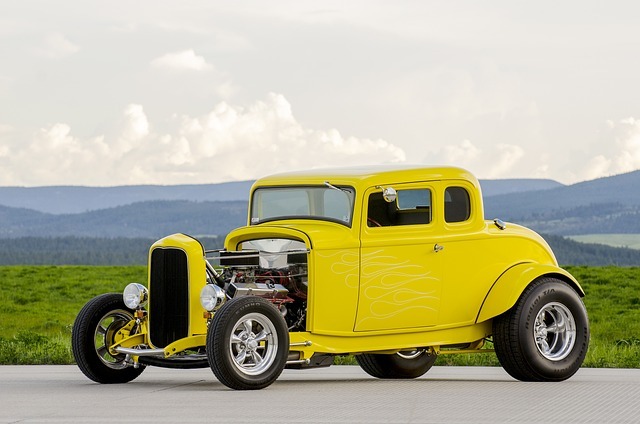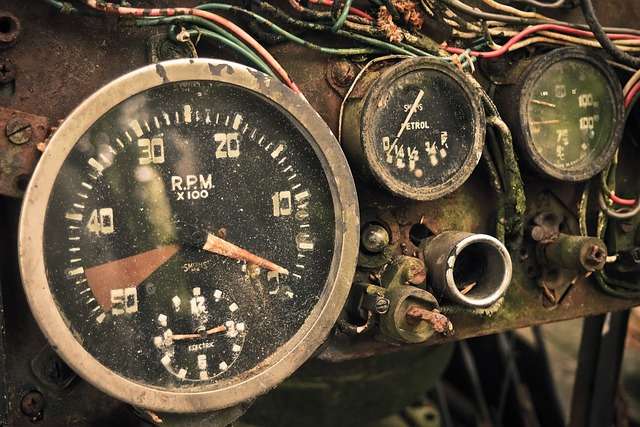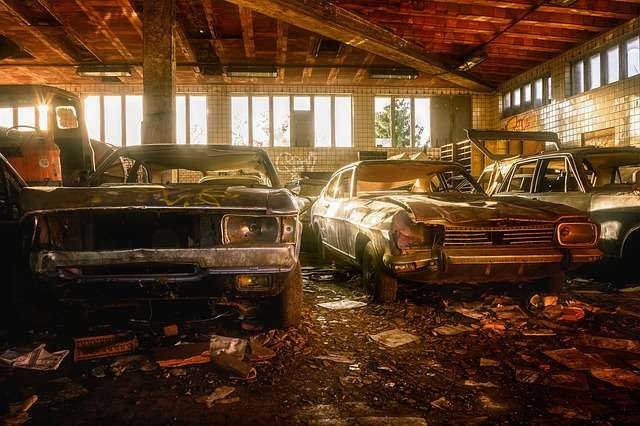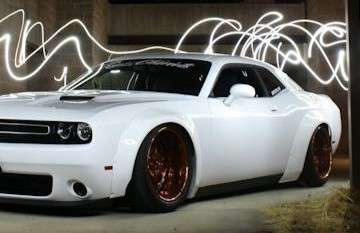Is a car wrapping business profitable? This question is gaining traction among entrepreneurs looking for exciting, lucrative opportunities. With a dynamic market and a growing interest in vehicle customization, car wrapping presents a unique business venture. This article, crafted by an expert with extensive experience in automotive businesses, aims to dissect the profitability of car wrapping businesses. We’ll explore market trends, financial aspects, and practical tips to help you understand the potential of this industry.

The Basics of Car Wrapping
At its core, car wrapping involves covering a vehicle’s exterior with vinyl wraps, providing both aesthetic enhancement and paint protection. There are various types of car wraps, including full wraps, partial wraps, and specialized graphics, catering to diverse customer preferences.
Market Analysis
The market for car wrapping is on the rise, with more and more people wanting to customize their cars. To find out “is a car wrapping business is profitable,” it’s important to focus on car enthusiasts and companies looking to advertise on vehicles, as they are the main customers. Knowing this is key to doing well in this business.
Financial Aspects
Starting a car wrapping business requires a significant initial investment, primarily in equipment, materials, and a suitable workspace. However, the potential revenue streams, including custom designs and corporate contracts, promise substantial returns.
Cost Analysis
A detailed cost analysis reveals that material and labor constitute the primary expenses. Additionally, overhead costs like rent, utilities, and marketing should be considered in the financial plan.
Profit Margin Insights
The profit in a car wrapping business depends on a few things like the quality of the materials, how you price your services, and how efficiently you run the business. If you manage your car wrapping business well, you can expect to make good profits, similar to what others in the industry are making. This helps answer the question, “Is a car wrapping business profitable?”
Business Model Variations
Entrepreneurs must choose between operating an independent business or a franchise. Additionally, the decision between offering mobile services or operating from a fixed location can significantly impact business dynamics.
Marketing Strategies
Effective marketing, especially digital marketing, is key to attracting clients. Local advertising, like community involvement and partnerships with local businesses, also plays a vital role in building a strong customer base.
Customer Relationship Management
Establishing a loyal client requires exceptional customer service. Engaging with customers, understanding their needs, and delivering beyond expectations are the pillars of successful customer relationship management.
Competitive Landscape
A thorough analysis of competitors helps in identifying unique selling propositions. Understanding what sets your business apart is essential in a competitive market.
Legal Considerations
Navigating the legal landscape, including acquiring the necessary licenses and insurance, is vital for operating a legitimate and protected business.
Operational Challenges
Effective supply chain management and maintaining high-quality standards are critical challenges that businesses must overcome to ensure long-term success.
Technological Advancements
Staying updated with technological advancements in materials and application techniques can provide a competitive edge and attract a broader client base.
Sustainability and Eco-Friendliness
Adopting environmentally friendly practices can not only reduce the environmental impact but also appeal to a growing segment of eco-conscious clients.
Real-Life Success Stories
Analyzing real-life success stories and learning from experienced entrepreneurs can provide valuable insights and inspiration for new business owners.
Common Pitfalls to Avoid
Financial mismanagement and underestimating the competition are common pitfalls that can hinder the success of a car wrapping business.
Growth Opportunities
Identifying and capitalizing on growth opportunities, such as expanding services or scaling the business, can lead to increased profitability.
Expert Opinions
Seeking insights from industry experts and staying abreast of market predictions are essential for staying ahead in the evolving car wrapping industry.
Initial Investment and Ongoing Costs
When exploring is a car wrapping business profitable, a critical factor to consider is written below:
Equipment and Materials
The initial investment includes purchasing high-quality vinyl, printing equipment, and tools for application. Regular replenishment of materials is a significant ongoing cost.
Facility and Staffing
Renting a suitable space and hiring skilled staff are important considerations. The facility should accommodate vehicles comfortably and be equipped for professional wrapping.
Target Audience and Marketing Strategies
Identifying Your Market
Understanding your target market, whether it’s luxury car owners, businesses for advertising wraps, or individuals seeking personalization, is crucial.
Effective Marketing Approaches
Utilize social media, local advertising, and partnerships with automotive businesses to reach potential customers. Showcasing your portfolio and customer testimonials can be highly effective.
Is a Car Wrapping Business Profitable? Exploring Challenges and Solutions
When considering the question, “Is a car wrapping business profitable?”, it’s crucial to acknowledge the challenges one might face in this industry.
Overcoming Market Competition
Differentiating your business with unique services, exceptional quality, and competitive pricing is vital in a crowded market.
Maintaining Quality and Customer Satisfaction
Regular training, quality control, and responsive customer service are key to maintaining high standards and customer satisfaction.
1. What is the average startup cost for a car wrapping business?
The startup cost varies but generally ranges from $15,000 to $50,000, covering equipment, materials, and initial operating expenses.
2. How long does it take to break even in this business?
It typically takes 1-2 years to break even, depending on business volume and operational efficiency.
3. What are the key skills needed to start a car wrapping business?
Essential skills include graphic design, vinyl application, customer service, and basic business management.
4. How important is the location for a car wrapping business?
Location is crucial, as high visibility and accessibility can significantly impact customer traffic and business growth.
5. Can this business be operated as a part-time venture?
Yes, it’s possible to start on a part-time basis, especially if you’re offering mobile services.
6. What are the ongoing expenses for a car wrapping business?
Ongoing expenses include material costs, utility bills, marketing, and equipment maintenance.
7. Is there a high demand for car wrapping services?
Yes, the demand is growing, driven by increasing interest in vehicle customization and advertising.
8. How can I differentiate my car wrapping business from competitors?
Offering unique designs, superior quality, competitive pricing, and excellent customer service can set your business apart.
9. What are the challenges in sourcing materials?
Challenges include finding reliable suppliers, managing costs, and ensuring consistent quality.
10. How can technology be used to enhance a car wrapping business?
Technology can be used in design software, customer relationship management systems, and digital marketing strategies.
Conclusion
In conclusion, is a car wrapping business profitable? Absolutely, with the right strategy, skills, and dedication, it can be a rewarding and lucrative venture. A car wrapping business can be highly profitable if managed with careful planning, effective marketing, and a commitment to quality and customer satisfaction. For further guidance remember to check out [Wrap Your Cars]
